Earth Science and Engineering
Physics forecasts for fracking and fuels
Physicists are playing unexpected roles in meeting future global energy challenges by modeling technologies such as fracking.

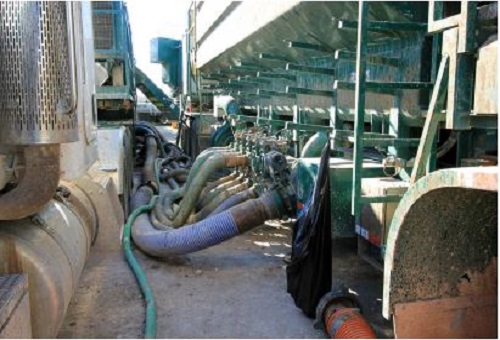
To generate sand slurry requires a low-pressure manifold to mix water and polymers with sand.
© 2017 Tadeusz Patzek
Society’s demand for energy relies mainly on oil and gas, which are finite resources. Future technologies could reduce the consumption of energy, but until then, existing resources must be carefully managed. Director of the Ali I. Al-Naimi Petroleum Engineering Research Center at KAUST Tadeusz Patzek is using physics to tackle this challenge by modeling the production of gas from fracking.
Patzek and his coworkers describe two visions of global energy consumption. Optimists believe that human population, energy use and economies can continue to grow exponentially because humans will keep inventing innovative ways to survive. Others, however, note that the Earth imposes clear limits on growth, meaning that energy production will peak before tailing off.
Oil and gas production has indeed reached peaks in the past, but these have been usurped by discoveries of new reserves and technologies for extracting fuels from previously inaccessible areas. The most complex and controversial new process is fracking (hydraulic fracturing) of ancient ocean beds called shale formations. Fracking involves injecting high-pressure water and sand into shale layers several kilometers underground, producing cracks that release trapped hydrocarbons.
“My co-authors, Scott Tinker and Michael Marder, and I, worked on a Sloan Foundation project, whose goal was to model gas recovery from shales in the US in unprecedented detail,” says Patzek. Instead of applying existing gas-well simulations, which are complex and time-consuming to run, the researchers were inspired by the elegant, simple models of condensed-matter physics, such as those governing electron transport at low temperatures.
Their resulting model requires very few parameters to model the diffusion of gas out of fracking wells, and the researchers validated it by accurately predicting the output of 14,000 gas wells in the US.
Overall, the study showed that only 10-20% of natural gas in fracking fields is being extracted with today’s techniques. This suggests that, while technical improvements could prolong the lifetime of fracking as a useful fuel source, the flood of gas predicted by some industrialists is not yet guaranteed.
Patzek won’t state whether he is an optimist or a pessimist regarding fracking. “I am neither,” he says. “I am a scientist, and my outlook on nature is governed strictly by the chemistry and physics of the processes at hand. However, I am also an avid environmentalist, and from this perspective, we need to change our way of business.”
Patzek and coworkers have certainly shown that physicists have a role in developing new business models for future energy sources.
References
-
Marder, M., Patzek, T., & Tinker, S.W. Physics, fracking, fuel and the future. Physics Today 70, 13-14 (2016).| article
You might also like
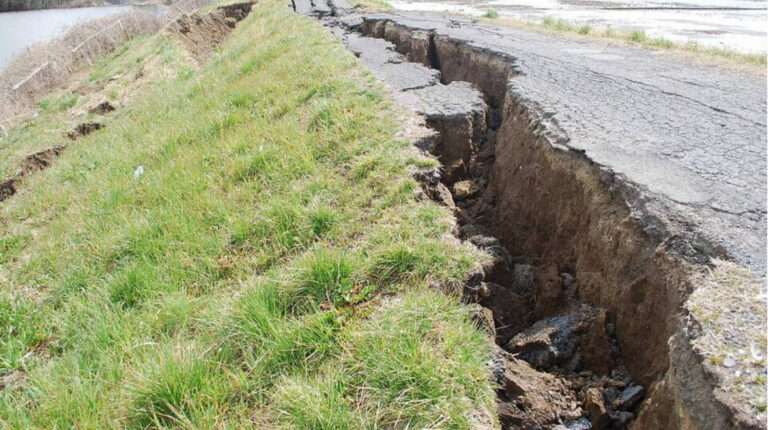
Earth Science and Engineering
When Earth breaks the “rules”

Earth Science and Engineering
Unearthing Arabia’s ancient foundations: New insights from the Ha’il terrane

Earth Science and Engineering
Sensing color cues to monitor coral health in the Red Sea

Earth Science and Engineering
Kahramanmaraş earthquake study showcases potential slip rate errors
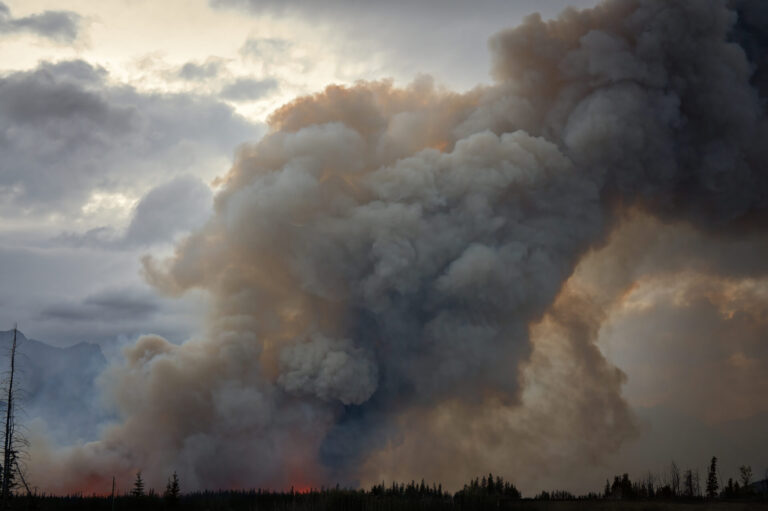
Chemical Engineering
Unveiling the role of biomass-burning aerosols in atmospheric reactions

Earth Science and Engineering
Feeling the heat across the Middle East
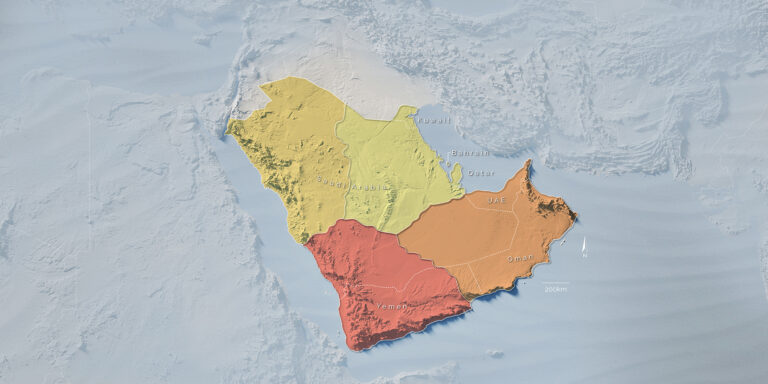
Applied Mathematics and Computational Sciences
Past and future drought patterns across the Arabian Peninsula
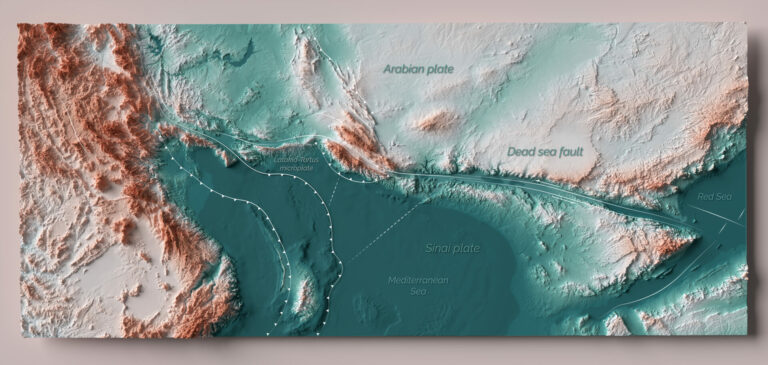
Earth Science and Engineering



